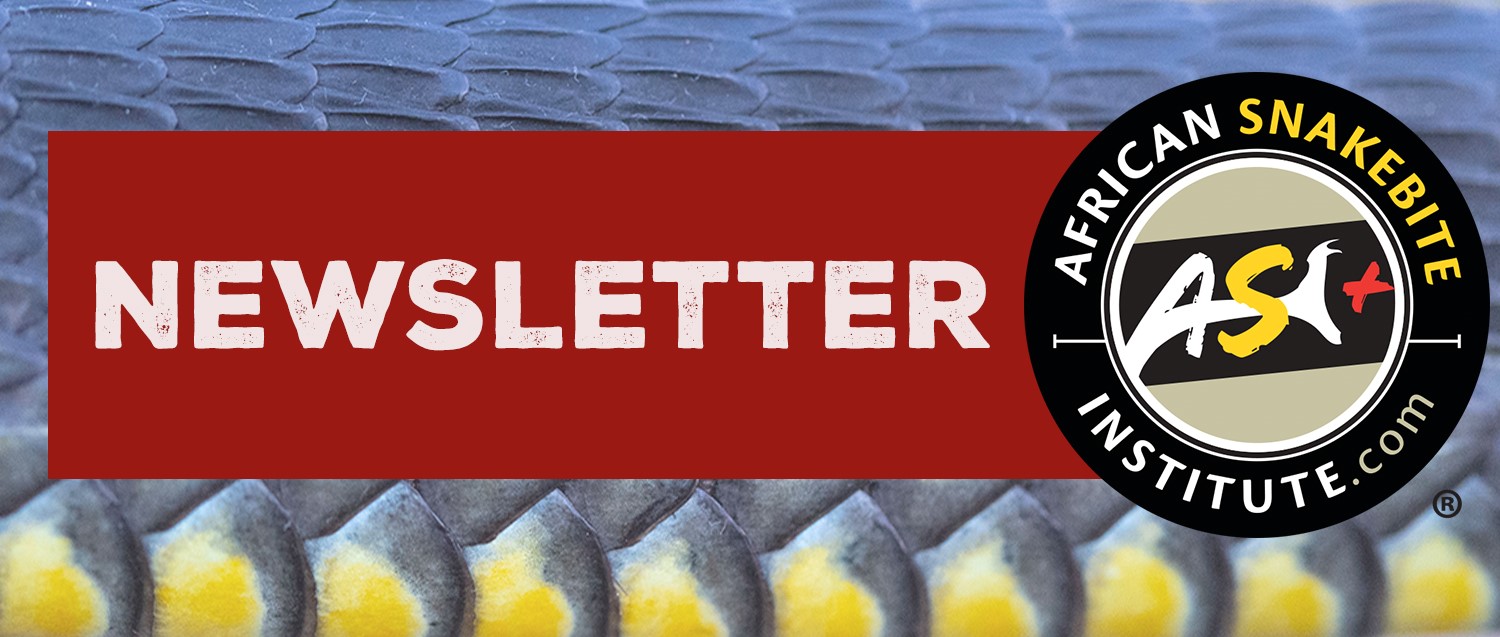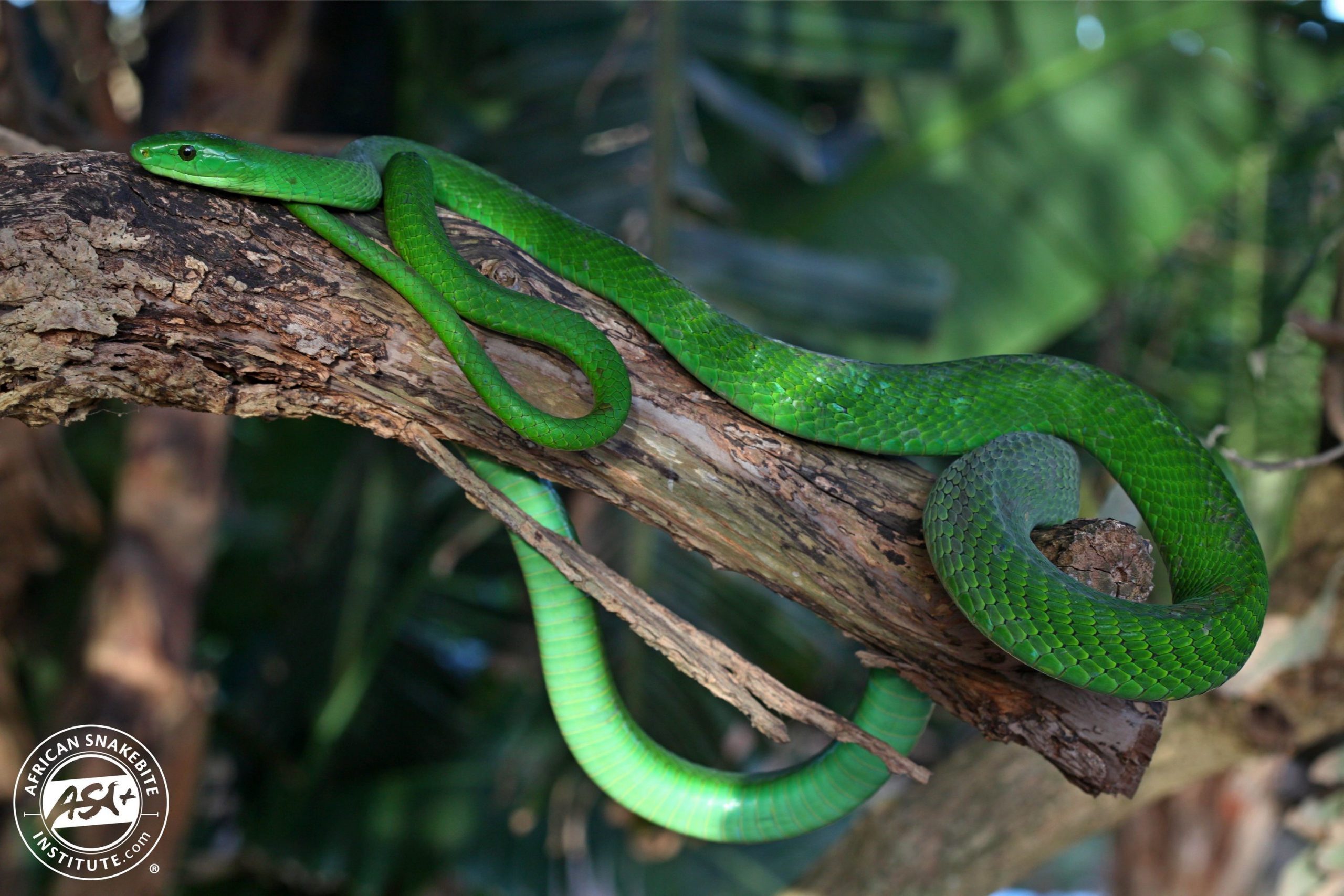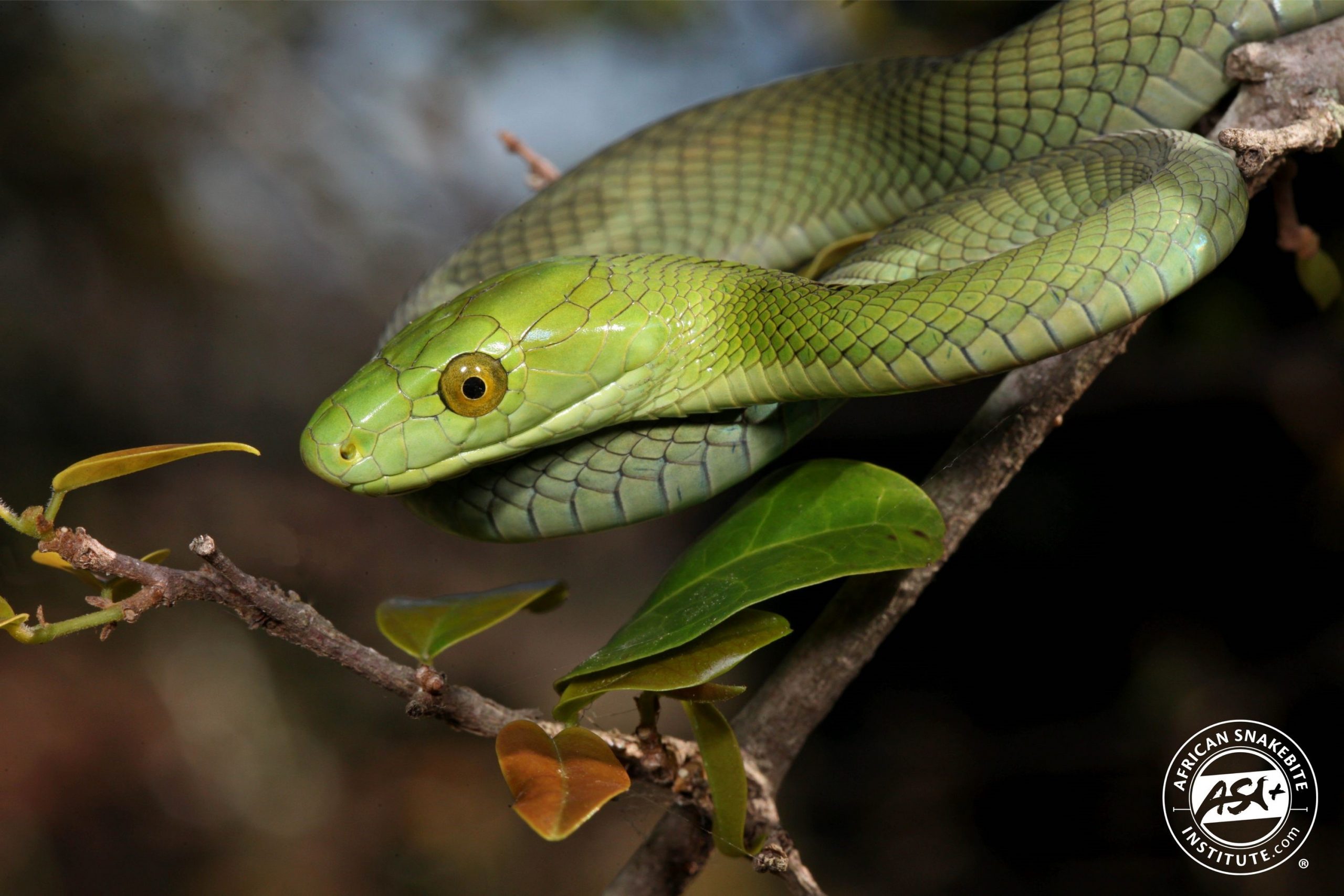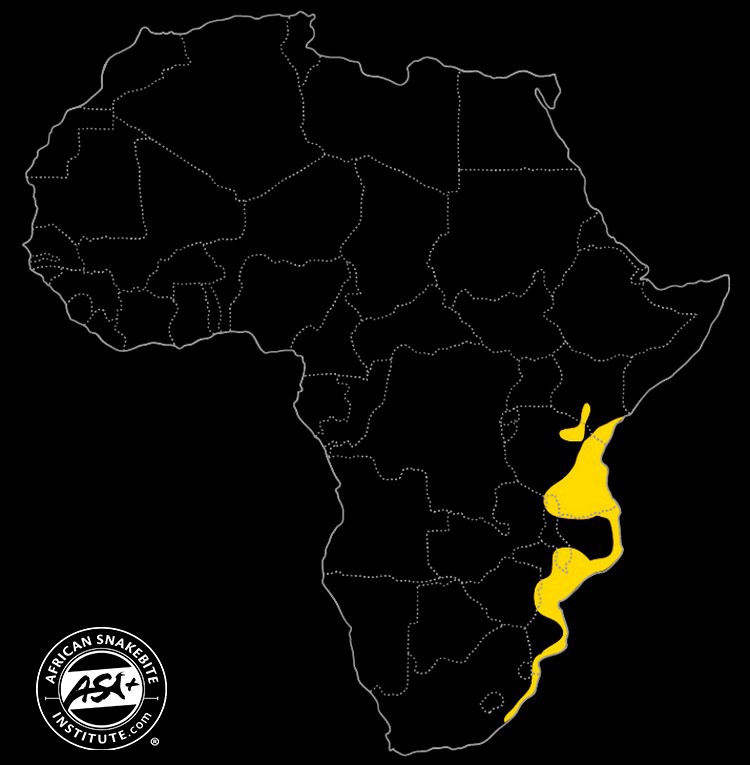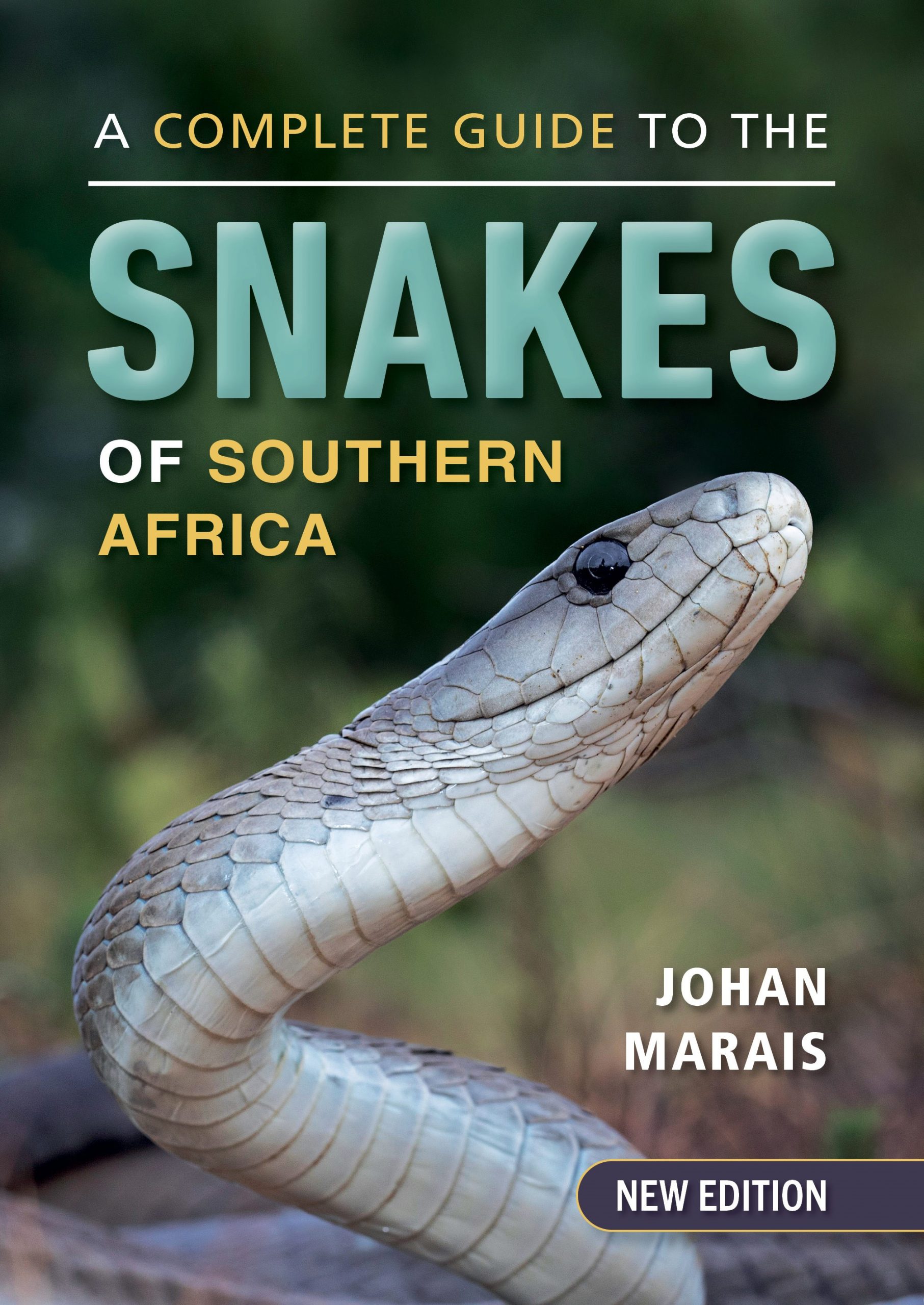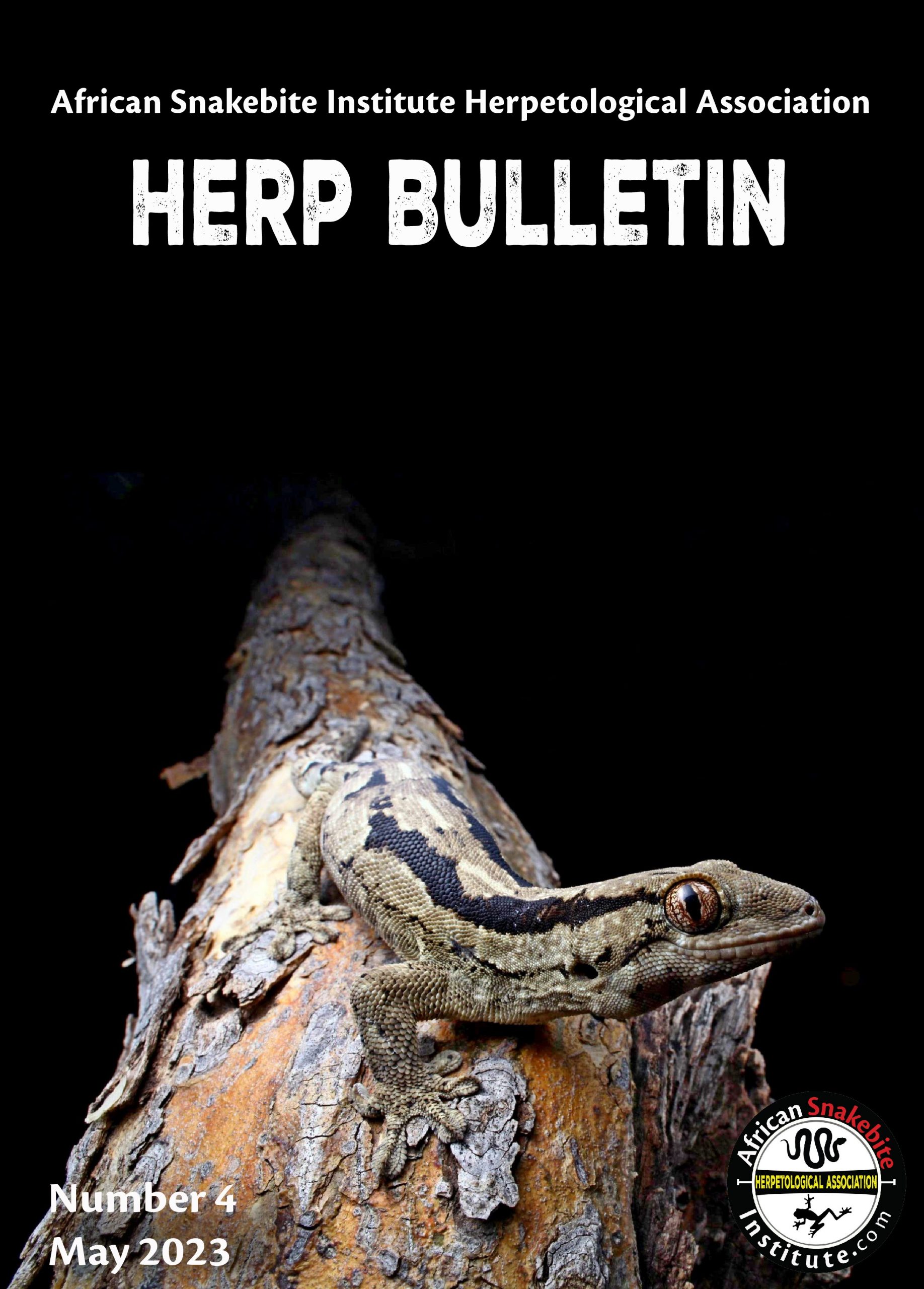The Green Mamba (Dendroaspis angusticeps) was described by Sir Andrew Smith in 1849 from animals collected from Natal.
The Latin name angusticeps comes from “angustus” meaning narrow and “ceps” an abbreviation for head – narrow head. Surprisingly, many years back the Black and Green Mamba were considered to be the same species and were thought of as colour variations. Some theories included that young mambas were green, turning darker and almost black as they age. Another theory being that males were black and females green or that mambas that lived in the sun turned dark and those in thick coastal forests and didn’t see much sun stayed green. It wasn’t until 1946 when the Fitzsimons brothers noted the differences between the two species and revived Günther’s 1846 name Dendroaspis polylepis (many-scales) for the Black Mamba and kept Dendroaspis angusticeps for the Green Mamba.


